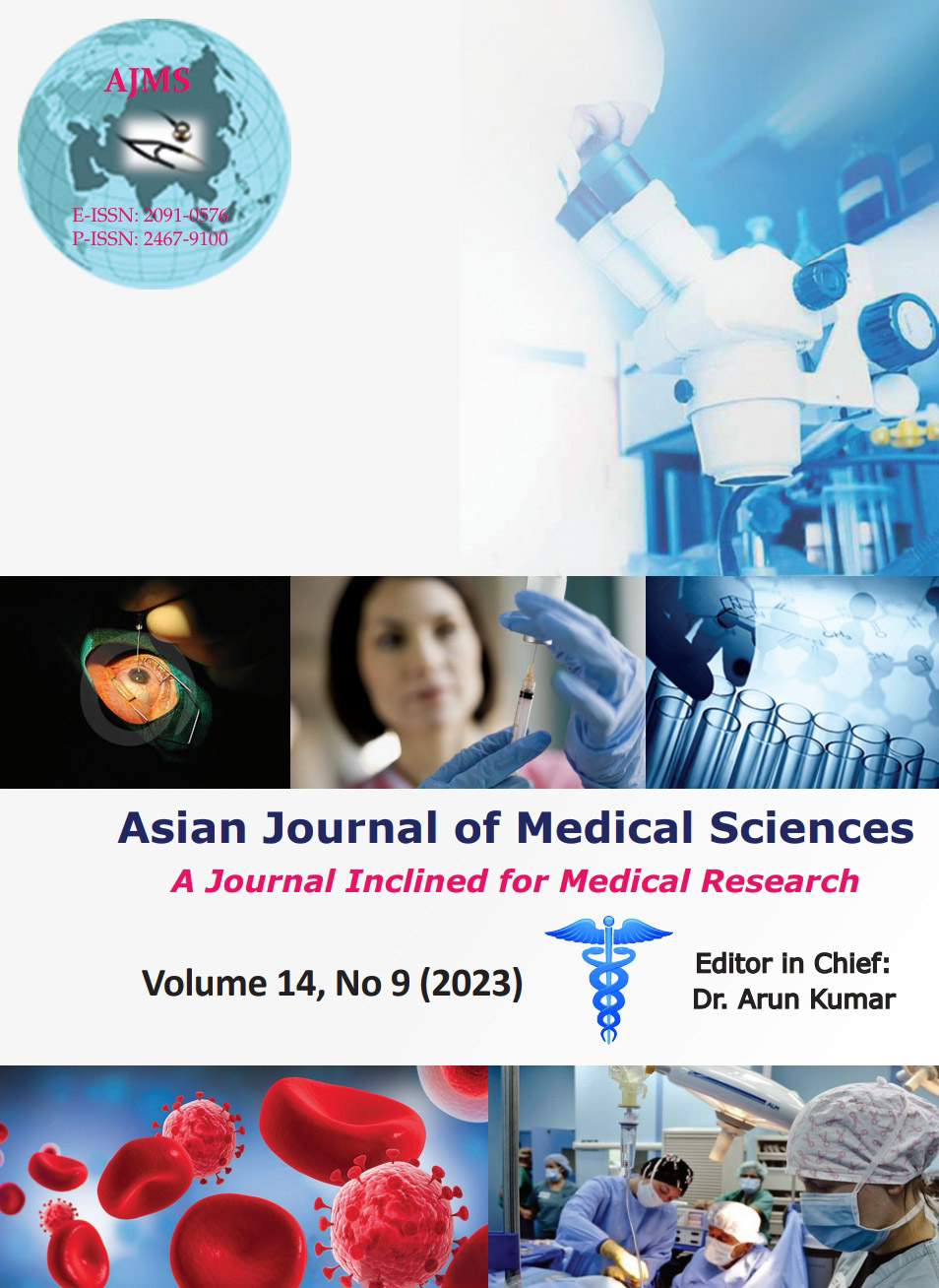Beyond the veil: Unveiling the unconventional - exploring the profiling, attitudes, and influential factors of body donors
Keywords:
Body donors; Religious affiliation; Body donation; Socio-economic status; Funeral servicesAbstract
Background: Cadavers are essential for anatomical education, yet their scarcity plagues medical colleges in Kerala and India. However, the Government Medical College in Thrissur has experienced a rise in annual body donations.
Aims and Objectives: This study aims to explore the motivating factors behind this increase among the population of Thrissur.
Materials and Methods: This study employed a cross-sectional survey design conducted at the Department of Anatomy, Government Medical College in Thrissur, Kerala. The study utilized data from the Body Donation Register, which covered a period from May 1st, 2011 to April 30th, 2012, encompassing a total of 223 individuals. During this specific period, which was selected due to the notable surge in body donation trends, there was a significant increase observed. The sample size was set at 110 participants. Data collection was conducted through face-to-face interviews with the voluntary body donors and was analyzed using the statistical package for the social sciences, version 16.0.
Results: Gender distribution: Among 120 donors, 56.7% were male and 26.7% were female. Age groups 61–70 had the highest percentage (36%) of body donors. Socioeconomic status: the majority were above the poverty line (78.2%). Religious affiliation: Hindus had the largest representation (40 individuals). Marital status: Most donors were married (92 out of 110). Number of children: Most donors had two children (64 individuals). Sources of information: Family and relatives were the primary sources. Awareness of dissection: An equal number of donors were aware and unaware. Motivations for donation varied, including social service and avoiding burden after death.
Conclusion: A good proportion of donors had a socioeconomic status above the poverty line, and most of them were graduates or postgraduates. The majority of body donors did not have a religious affiliation. However, they had a strong family background and received support from their families. Interestingly, most of the donors were unaware of how their bodies would be used after donation.
Downloads
Downloads
Published
How to Cite
Issue
Section
License
Copyright (c) 2023 Asian Journal of Medical Sciences

This work is licensed under a Creative Commons Attribution-NonCommercial 4.0 International License.
Authors who publish with this journal agree to the following terms:
- The journal holds copyright and publishes the work under a Creative Commons CC-BY-NC license that permits use, distribution and reprduction in any medium, provided the original work is properly cited and is not used for commercial purposes. The journal should be recognised as the original publisher of this work.
- Authors are able to enter into separate, additional contractual arrangements for the non-exclusive distribution of the journal's published version of the work (e.g., post it to an institutional repository or publish it in a book), with an acknowledgement of its initial publication in this journal.
- Authors are permitted and encouraged to post their work online (e.g., in institutional repositories or on their website) prior to and during the submission process, as it can lead to productive exchanges, as well as earlier and greater citation of published work (See The Effect of Open Access).




